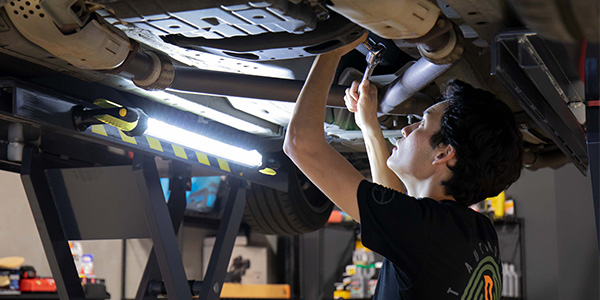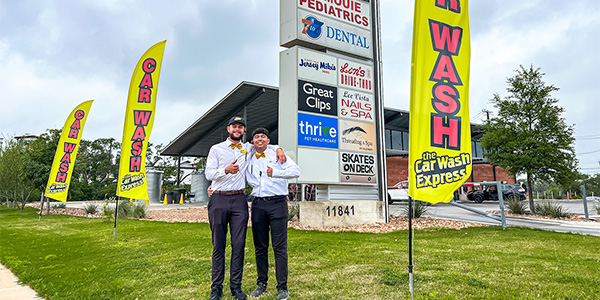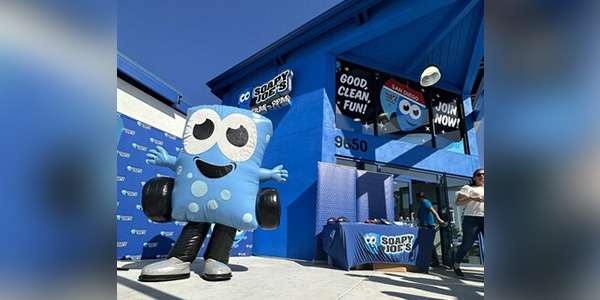WASHINGTON — According to an article from The Washington Post website, automakers are poised to have a second record-breaking year in sales, but analysts predict that the auto industry will slow down in 2017.
Analysts estimate that this year’s sales could beat out last year’s record-breaking sales of 17.5 million automobiles by a mere 5,000 vehicles, the article noted, once carmakers report the year’s final tallies on Jan. 4th.
If 2016 sales do edge out over 2015 sales, it would mark the seventh consecutive year of rising automotive sales, the article stated.
“This [streak] has been pretty much unprecedented, at least in the modern era of new vehicle sales growth,” said Karl Brauer, an analyst at Kelley Blue Book.
However, analysts project that even if the sales break another record, the market is due to slow down, the article added.
According to the article, the demand for new vehicles that went unfulfilled during the recent recession because of unemployment or customers deferring big-ticket spending has now been appeased by the auto industry.
The projections for this year and those immediately following thus indicate that there will be a decline in sales, the article stated, although sales are expected to remain strong in the foreseeable future.
Signs of decline are already apparent, the article noted, as cars spend more time on the lot now than they did a year ago, according to Jeremy Acevedo, a senior analyst at Edmunds.com; for instance, cars in October and November sat on the lot for an average of 71 days, which is up from the average of 63 days in 2015’s fourth quarter.
With less demand, many automakers have offered incentives such as discounted prices and extended financing to empty their inventories, the article added.
Autodata figures from Kelley Blue Book show that discount rates averaged $3,303 across the auto industry in November 2016, which is up 13.6 percent from the year before, the article stated.
“Those numbers definitely indicate automakers are trying to stimulate demand that might be waning a little bit,” Acevedo said.
Automakers are also expected to showcase sleek exterior designs and hi-tech features to target drivers looking to upgrade older models, the article noted.
“We’re going to see how hard each of them individually fights to increase their own numbers at the cost of someone else’s numbers. When the pie stops growing larger … you have to steal it from someone else’s share of the market,” Brauer said.
Brauer said that it would be “shortsighted” of automakers to grumble too loudly about declining sales, considering the state of the auto industry during the Great Recession just a few years ago.
In 2009, sales of cars and light trucks dropped to only 10.4 million, but have continued to climb since then, and in 2015, new-vehicle sales surpassed the previous record of 17.3 million cars set in 2000.
“They all want to look at their charts and see nothing but up and to the right, but … if we stay here for the next couple of years, everyone will be doing really well,” Brauer said.
Read the original article here.














